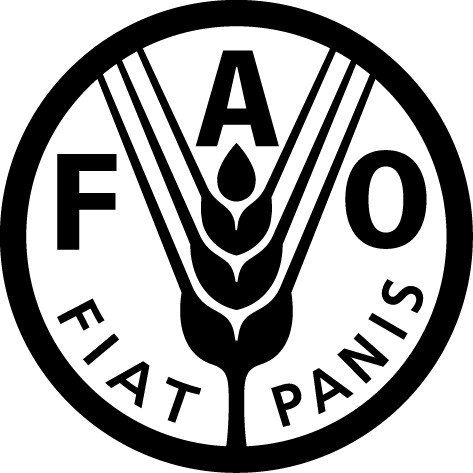By Akanimo Sampson
A fresh worrisome threat to food security and livelihoods is currently emerging in the Horn of Africa. The United Nations Food and Agriculture Organisation (FAO) has already warned that rising numbers of Desert Locusts present an “extremely alarming and unprecedented threat’’ to food security and livelihoods in the region.
The Horn of Africa is, however, a peninsula in Africa that extends hundreds of kilometers into the Arabian Sea and lies along the southern side of the Gulf of Aden. The area is the easternmost projection of the African continent. Referred to in ancient and medieval times as the land of the Barbara and Habesha, the Horn of Africa denotes the region containing the countries of Djibouti, Eritrea, Ethiopia, and Somalia.
It covers approximately two million km2 (770 thousand sq mi) and is inhabited by roughly 115 million people (Ethiopia: 96.6 million, Somalia: 15.4 million, Eritrea: 6.4 million, and Djibouti: 0.81 million). Regional studies on the Horn of Africa are carried out, among others, in the fields of Ethiopian Studies as well as Somali Studies.
According to FAO’s latest update on the Desert Locust upsurge, the current situation will be further worsened by new breeding that will produce more locust infestations in Ethiopia, Kenya, and Somalia.
South Sudan and Uganda are at risk and there is also concern about new swarms forming in Eritrea, Saudi Arabia, Sudan and Yemen.
Senior Locust Forecasting Officer at FAO, Keith Cressman, said “locust swarms have started laying eggs and another generation of breeding will increase locust numbers. Urgent efforts must be made to stop them from increasing to protect the livelihoods of farmers and livestock holders.”
It is the worst outbreak of Desert Locusts seen in the region for decades. Tens of thousands of hectares of croplands and pasture have been damaged in Ethiopia, Kenya and Somalia with potentially severe consequences in a region where 11.9 million people are already food insecure.
The potential for destruction is enormous. A locust swarm of one square kilometre can eat the same amount of food in one day as 35,000 people.
In Kenya, immature swarms are moving through northern and central areas and have so far invaded 13 counties. Some swarms have started to lay eggs that will hatch in early February and new swarms are expected to form in early April.
Swarms are present in eastern areas of Ethiopia and continue to move south and into the Rift Valley with a new generation of locusts expected to cause more damage. In Somalia, swarms are present and breeding in the north-east as well as in the south near the Kenyan border.
As numbers continue to rise there is now serious concern that South Sudan and Uganda are under threat because some of the swarms in Kenya are only 200 kilometres from the country’s borders with its neighbours.
FAO is already working closely with governments and partners, supporting control operations and initiating efforts to safeguard livelihoods and assist in the longer-term recovery of those affected.
However, intensive ground and aerial control operations need to be urgently scaled up to detect and reduce the locust numbers before they spread any further.
FAO requires $70 million to support rapid control operations and measures to protect livelihoods and prevent deterioration of the food security situation.
This Thursday, FAO will give donors an informal briefing at its Rome headquarters on the gravity of the Desert Locust outbreak, particularly in the Horn of Africa, as well as the ongoing response at the country and regional level.
Meanwhile, the briefing is aimed at representatives of FAO member states that will not be open to the media public, but it can be followed by webstream here.

